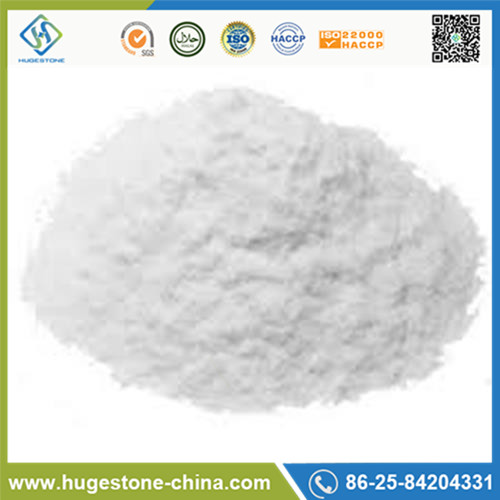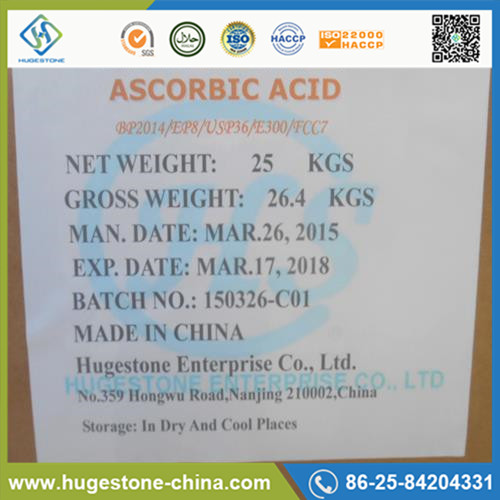Product Description
Ascorbic Acid is a naturally occurring organic compound with antioxidant properties. It is a white solid, but impure samples can appear yellowish. It dissolves well in water to give mildly acidic solutions. Because it is derived from glucose, many animals are able to produce it, but humans require it as part of their nutrition. Other vertebrates which lack the ability to produce ascorbic acid include other primates, guinea pigs, teleost fishes, bats, and some birds, all of which require it as a dietary micronutrient (that is, in vitamin form).
There exists a D-ascorbic acid, which does not occur in nature. It may be synthesized artificially. It has identical antioxidant properties to L-ascorbic acid yet has far less vitamin C activity (although not quite zero).
In the pharmaceutical industry,can be used to treat scurvy and various acute and chronic infections diseases,are applicable to the lack of VC,In the food industry,it can both use as nutrition-al supplements,supplementary VC in food processing,and also is good Antioxidants in food preservation,widely used in meat products,fermented flour products,beer,tea dtinks, fruit juice,canned fruit,canned meat and so on;also commonly used in cosmetics,feed additives and other industrial areas.


Analysis Contents | Analysis Standard | Analysis Results |
Description | White or almost white crystals or crystalline powder | Pass |
Identification | Positive Reaction | Positive |
Melting Point | 190°C-192°C | 191.3°C |
PH | 2.1-2.6 | 2.41 |
Clarity Of Solution | Clear | Clear |
Colour Of Solution | ≤BY7 | <BY7 |
Copper | ≤5ppm | <5ppm |
Heavy Metals | ≤10ppm | <5ppm |
Mercury | ≤1ppm | <1ppm |
Lead | ≤2ppm | <2ppm |
Arsenic | ≤3ppm | <3ppm |
Oxalic Acid | ≤0.2% | <0.2% |
Loss on drying | ≤0.4% | <0.1% |
Residue on ignition | ≤0.1% | <0.1% |